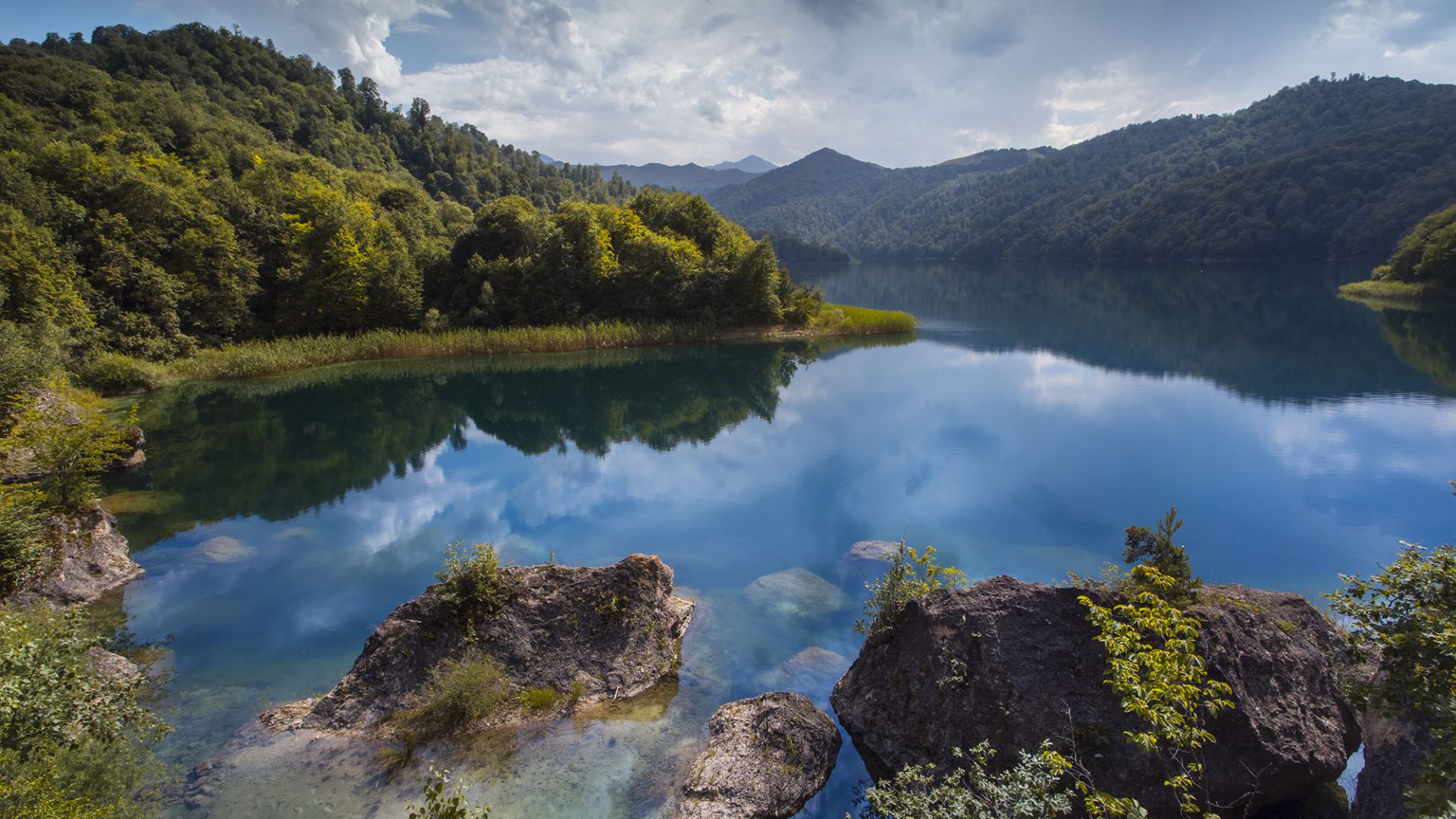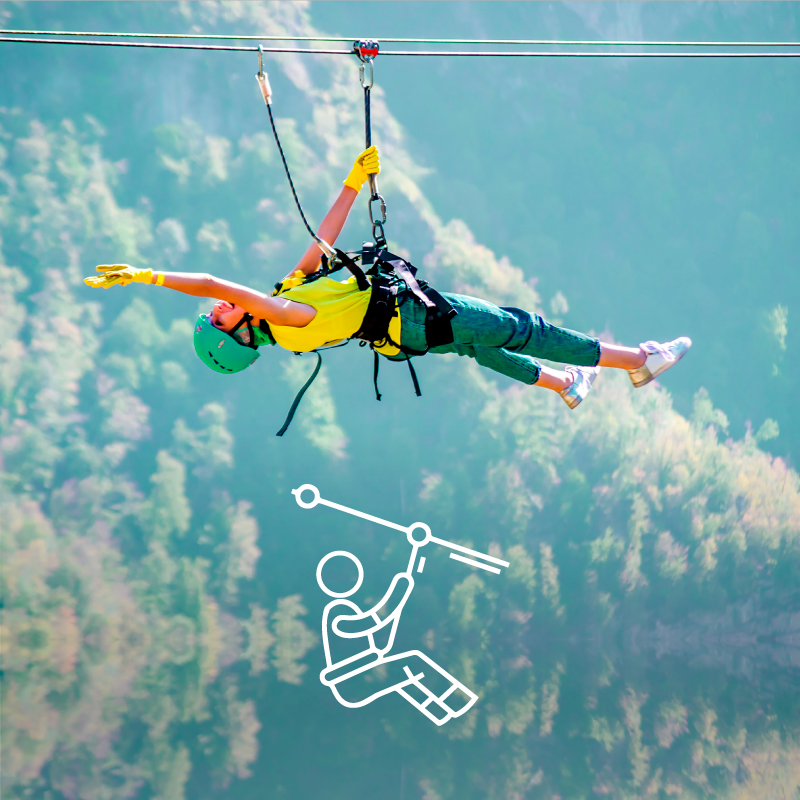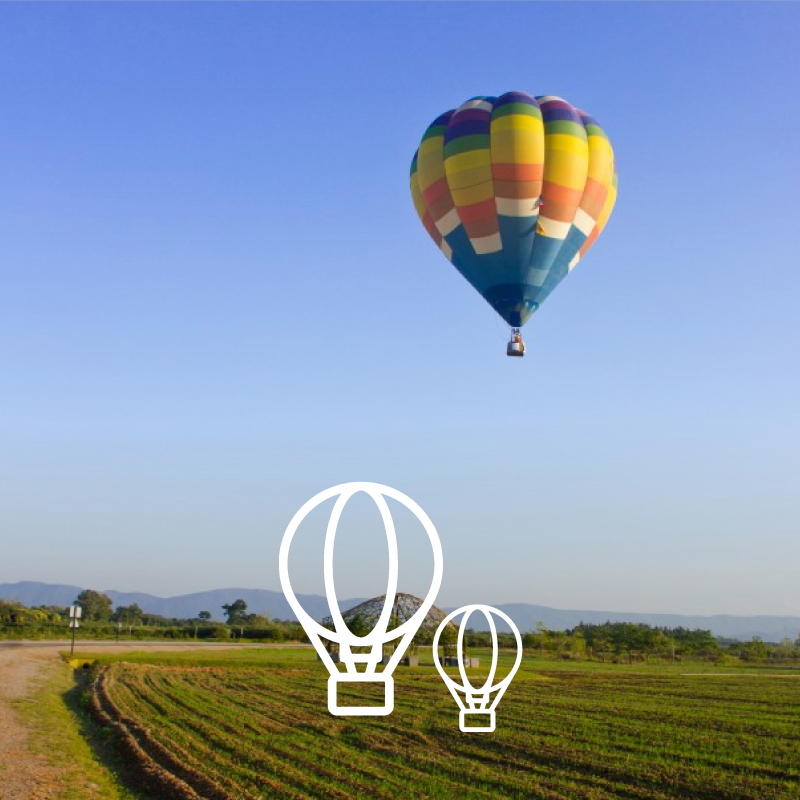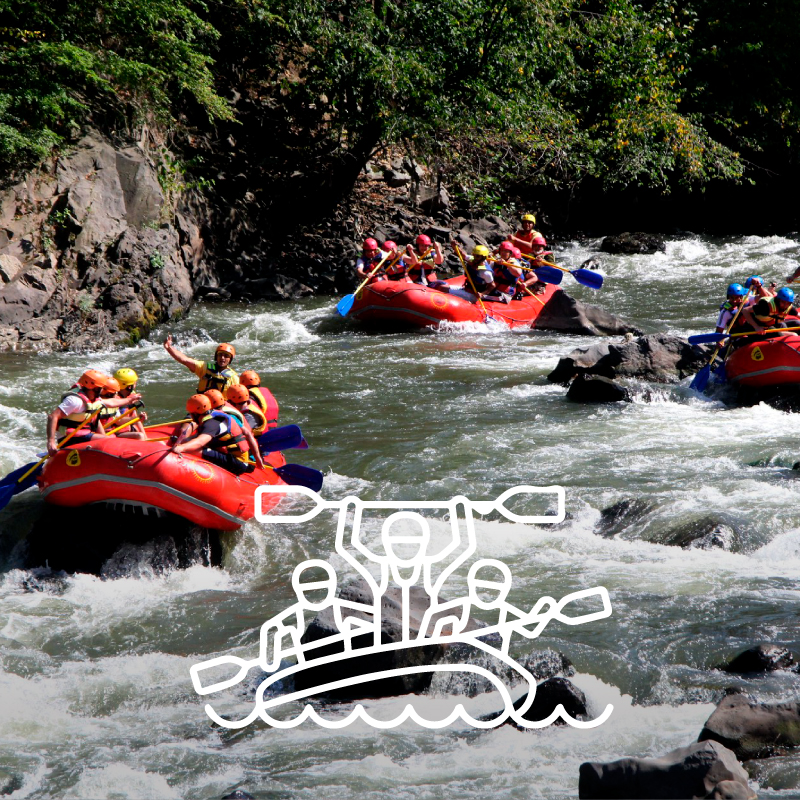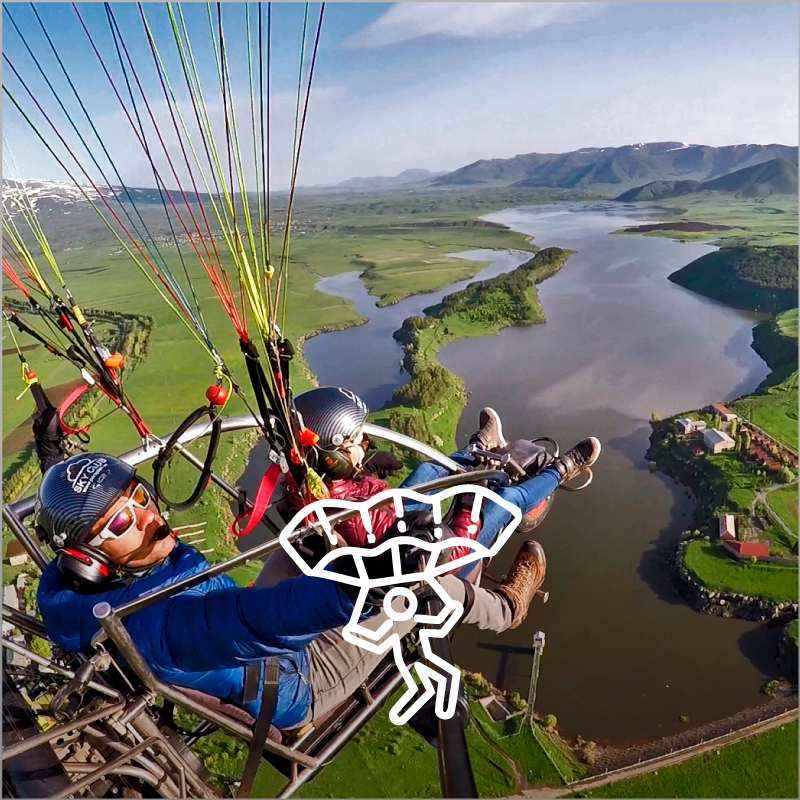Tourists often visit Georgia for its’ mesmerizing scenery and beautiful nature. It’s one of the richest and biodiverse regions in plant and animal life.
Locals and tourists often visit protected areas for recreational and educational reasons. These parks protect and preserve unique biodiversity and ecosystems. About 20% of the territory of Georgia has been designated as protected areas.
Click here and here to explore the unique biodiversity of the South Caucasus.
Interested in Batumi botanical garden? Click here.
Visit the webpage of Sabuko to read more about the wildlife of Georgia.
More information about the history, as well as categories of protected areas in Georgia, can be found here.
Wildlife in Armenia
Eco-tourists will love exploring Armenian nature. Even though it’s a small country, it is home to around 3,800 plant species – almost half of all Caucasian flora.
If you’re an eco-tourist visiting the Caucasus for wildlife observation, strolls in the forests and mountains, then you’ll love what Armenia has to offer:
- Armenia is home to around 3,800 plant species – almost half of all Caucasian flora.
- Armenia’s fauna counts about 17,000 animal species, with 300 endemic classes (Parthenogenetic Armenian lizard (Darevskia armeniaca) and Armenian mountain viper (Vipera raddei)).
- Armenia has as many as 359 bird species (note that all of Europe has 700)!
- There are 83 species of mammals in Armenia, and some of them have become symbols of the country’s wildlife:
- Bezoar goat (Capra aegagrus)
- Armenian mouflon (Ovis Orientalis gmelini)
- Caucasian Lynx (Lynx gmelina dinniki)
- The Persian leopard (Panthera pardus tulliana).
You can visit Chiva village observation hide to observe some of Armenia’s wildlife. The area is rich in birds, reptiles, and insects.
For more details, please follow the link: https://wildlife.am/observation-hide-chiva/
Observation hide Shatin is located in Shatin village (Vayots Dzor province). The hide sits next to a living house in one of the villagers’ orchards, which Brown Bear regularly visits.
For more details, please follow the link: https://wildlife.am/observation-hide-shatin/
What makes Azerbaijan particularly significant to eco-tourists and sustainable tourism? Well, first of all, it’s an amazing thing that Azerbaijan shares the largest inland body of water in the world, the Caspian Sea, with four other countries.
Secondly, Azerbaijan has a unique location, which is the reason for its biological diversity. And the Caspian Sea itself is a research hotspot for a high level of endemic species among its fauna.
Azerbaijan is rich in vegetation. More than 4,500 different plants can call it home. According to the total number of species, the flora of Azerbaijan is much richer than in other South Caucasus republics.
Azerbaijan also prides itself with rich fauna; 97 species of mammals, 357 species of birds, 67 species of amphibians and reptiles, one species of roundworm, 97 species of fish, and more than 15,000 species of invertebrates are known in the country.
The names of 108 species of animals are included in the “Red Book” of the Republic of Azerbaijan.
One more thing Azerbaijan is very well known for is fruit and nut trees.
The Greater and Lesser Caucasus Mountains forests and the Talish Mountains contain wild ancestors of apples, persimmons, walnuts, chestnuts, pistachios, and many other species that have been widely domesticated into many different varieties and strains.
